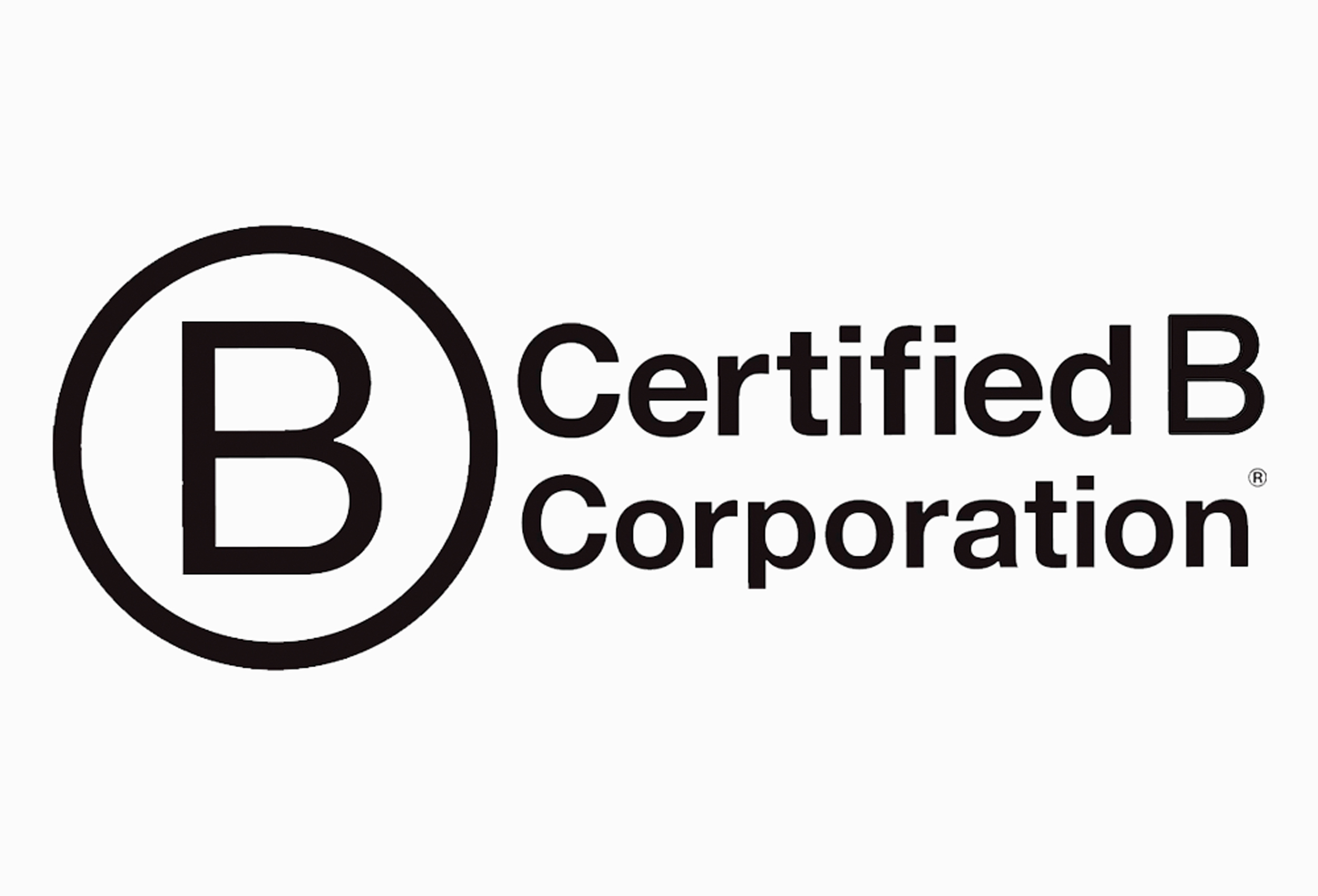B Corp certification is awarded to companies that fulfil specific criteria related to their social and environmental performance.
Unveiling the Essence of a B Corp
B Corps refers to profit-making enterprises that have obtained certification from B Lab, a non-profit organisation responsible for certifying businesses that adhere to specific social and environmental criteria. As per B Lab’s records, there are currently 6,856 certified B corporations spanning 161 industries and 90 nations across the globe as of the end of May 2023.
KEY TAKEAWAYS
- B Corporation is a profit-making organisation that has been certified by B Lab, a non-profit entity established in 2006.
- Companies seeking B Corp certification need to fulfil specific social and environmental requirements to qualify for this designation.
- A certified B Corp and a benefit corporation are distinct entities, despite potentially sharing similar objectives.
The Process of Attaining B Corp Certification for Enterprises
In order to achieve B Corp certification, organisations need to submit an application to B Lab and present documentation pertaining to their business operations.
In order for a company to obtain approval, certain criteria must be met.
- To meet the requirements set by B Lab’s Impact Assessment, which evaluates social and environmental performance, it is necessary to attain a minimum score of 80 and successfully pass the risk review. Additionally, multinational corporations have their own set of fundamental standards they must adhere to.
- Ensure responsibility towards all stakeholders, not just shareholders, by incorporating a legal obligation and modifying the corporate governance framework. Additionally, if feasible within its jurisdiction, it is imperative for a company to obtain the status of a benefit corporation.
- Demonstrate transparency by giving consent for the public disclosure of its adherence to B Lab’s standards on its B Corp profile featured on B Lab’s official website.
Every three years, or in the event of a change in ownership or when a company goes public through an initial public offering (IPO), organisations are required to request recertification.
An Introduction to B Lab
B Lab, an organisation established in 2006, operates internationally with its headquarters in the United States. Its mission is to bring about positive changes in the global economy for the betterment of individuals, communities, and the environment. In 2007, B Lab granted certification to its initial 82 corporations.
B Lab receives funding from various reputable organisations, such as the Ford Foundation, the Robert Wood Johnson Foundation, the Kendeda Fund, and Prudential, including collective support from prominent foundations, corporations, and government agencies.
B Lab collaborates with regional affiliates in various locations, including Amsterdam, London, Melbourne (Australia), and Sao Paulo, in addition to its offices in Philadelphia and New York City in the United States. Furthermore, B Lab has formed a partnership with Sistema B, which was established in 2011, to extend its impact in Latin America.
Pros and Cons of Transforming into a B Corporation
Companies choose to become B corps for various reasons and can reap numerous benefits as a result. However, it is important to note that there might be a few possible disadvantages associated with this decision.
Advantages
B Lab states that companies that obtain B Corp certification experience advantages due to the certification.
- Establishing trust with their customers, local communities, and suppliers.
- The capability to allure and sustain staff members.
- Typically, they have a tendency to appeal to individuals who provide financial support for their cause.
Since they are required to undergo recertification every three years, their emphasis on continuous improvement can result in long-term resilience.
According to B Lab Europe, becoming a B Corp for businesses has several advantages, including the ability to attract more employees, enhance their company, and gain strength as a community.
According to an article from Harvard Business Review published in 2016, companies have two main motivations for becoming B Corp Certification companies. One reason is the desire of profit-driven companies to be perceived as environmentally friendly and socially responsible. This trend has influenced smaller competitors, who are often B Corps themselves, to pursue certification in order to distinguish themselves as genuinely dedicated to social and environmental causes.
The second reason, which is closely connected, was a seemingly honest aspiration to “become part of the movement that is shaping a new economy with different principles” and to “redefine society’s understanding of success within the realm of business.”
According to Richard Stammer, the former president and CEO of Cabot Creamery Cooperative, in an article published in the Harvard Business Review, becoming a certified B Corp. had a significant impact on their organisation. Stammer mentions that the certification process exceeded their expectations and fostered a mindset of “whole-systems thinking,” prompting Cabot to enhance its social and environmental practices. As a result, they were able to create more comprehensive customer and consumer programs, reduce operating costs, and solidify their brand reputation as a company committed to sustainability. Stammer’s experience highlights the value that B Corp certification can bring to companies in various aspects.
Disadvantages
A comprehensive report by the Yale Center for Business and the Environment and Patagonia, a renowned B corp, highlighted some potential downsides for companies contemplating the decision to become a B corp. The report, which generally had a positive tone, shed light on the factors that businesses should consider when deciding “to B or not to B.”
The increased level of scrutiny applied to companies making environmental and other claims is often a result of activists who meticulously verify if these claims are upheld.
The process of obtaining certification can be quite complex and time-consuming. According to the report, becoming a Certified B Corporation can take a significant amount of time, ranging from several months to even years. The duration largely depends on whether the company already has a framework in place to measure its social and environmental impact. The report emphasises the importance of companies evaluating their capacity to handle the additional workload before pursuing certification.
Finally, the additional costs related to being a B corporation (such as ensuring employees receive a fair wage) could lead to increased prices for customers and potentially lower profits for shareholders, at least in the immediate term.
Identifying Which Businesses Have Obtained B Corp Certification
Many B corporations are smaller to medium-sized enterprises that may not have widespread recognition beyond their respective countries or specific market segments. In terms of notable American brands listed, there are examples like Ben & Jerry’s in the food industry, Patagonia in apparel, and Seventh Generation in cleaning products.
Different Classifications of B Corp Certifications
B Lab utilises an evaluation procedure that examines a company’s operations in five key areas: governance, workers, community, environment, and customers. The organisation’s yearly rankings, known as the “Best for the World” lists, acknowledge outstanding performers in each category, categorised by their staff size.
Understanding the Distinction: Benefit Corporation vs. B Corp
A benefit corporation, sometimes referred to as a B corporation, is a company officially recognised in most states of the United States that operates for the benefit of employees and the larger community rather than simply for its shareholders. In that way, it is similar to a B corp certified by B Lab, and for obvious reasons, the two are often confused.
Although both B corps and benefit corporations have similar requirements for accountability and transparency, there are a few key distinctions between the two. Benefit corporations are required to self-report their performance, whereas B corps must undergo the B Lab Impact Assessment and undergo recertification on a regular basis. Additionally, the filing fees for benefit corporations vary depending on the state or province, but they are generally lower compared to the certification fees required for B corps. It is also important to note that only companies in the U.S., the province of British Columbia in Canada, and a few other countries are eligible to become benefit corporations, while any for-profit firm that has been operational for at least a year can apply to become a B corp.
Understanding the Role of Stakeholders
A stakeholder refers to a person or a group of individuals who have a personal interest or investment in a business venture. Stakeholders of a company may consist of shareholders, employees, customers, suppliers, and the local community, among various others.
Understanding the Concept of Shareholder Primacy
The theory of shareholder primacy suggests that corporations should prioritise the interests of their shareholders above all else. However, this viewpoint clashes with the idea embraced by benefit corporations and B corps, which advocate for the consideration of other stakeholders, including employees and customers.
Are B Corps Obligated to Contribute Taxes?
B corps and benefit corporations, despite having a distinct social mission compared to certain corporations, are still bound by the same tax regulations as other profit-oriented entities.
The Bottom Line
B Corporations are a component of an expanding trend aiming for increased corporate accountability regarding social and environmental issues on a global scale. Advocates of these entities argue that prioritising these matters, rather than solely focusing on shareholder interests, is not only ethical but also financially advantageous in multiple aspects.

